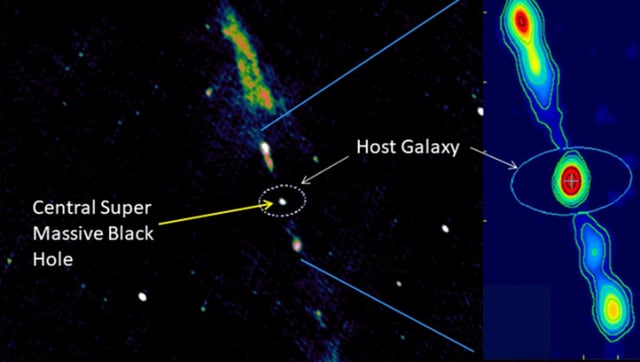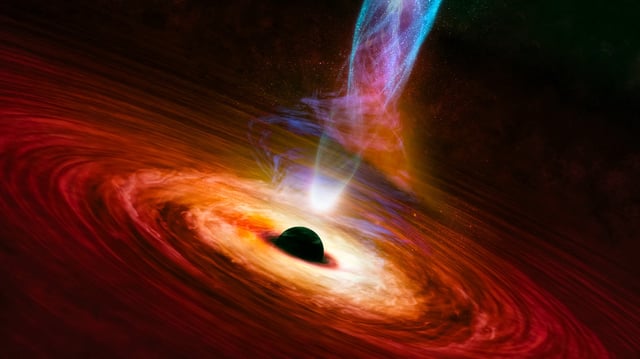Overview
- Astronomers identified 2MASX J23453268−0449256, a spiral galaxy 947 million light-years away, with a supermassive black hole producing jets 6 million light-years long.
- This discovery defies the prevailing belief that such extreme jets only occur in elliptical galaxies, suggesting the need to rethink galaxy evolution models.
- The galaxy remains structurally intact despite its extreme conditions, retaining spiral arms and a stellar ring, likely stabilized by its high dark matter content—10 times that of the Milky Way.
- The findings highlight the potential for Sagittarius A*, the Milky Way's dormant central black hole, to become active under specific conditions, with jets that could threaten Earth's habitability.
- This research provides critical insights into the role of dark matter, black hole activity, and the forces shaping galaxies, advancing our understanding of cosmic evolution.

